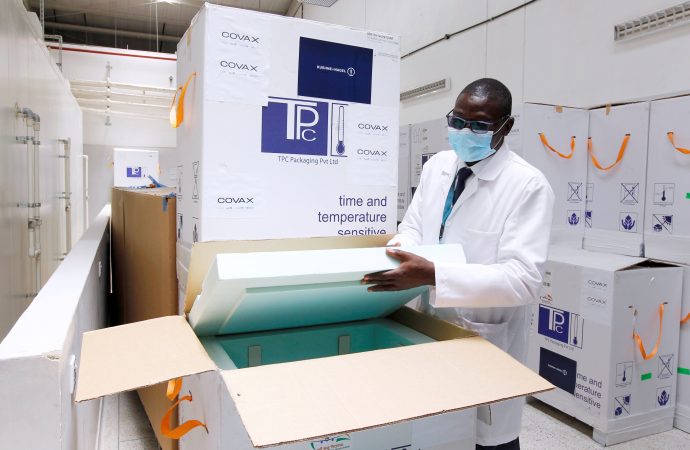One aspect of President Joe Biden’s colossal $1.9 trillion American Rescue Plan that has flown under the radar is the anti-COVID-19 measures for the developing world.
The plan includes an $11 billion package targeting the impacts of COVID-19 overseas – recognition that the pandemic cannot be defeated in America if it is not defeated globally.
Part of the money – $7.5 billion – will go to the Centers for Disease Control and Prevention (CDC) to combat COVID-19 locally and globally, and $580 million will support the United Nations’ Global Humanitarian Response Plan for COVID-19.
An additional $3.5 billion will be used to partly finance the Global Fund to Fight AIDS, Tuberculosis, and Malaria and $905 million for USAID’s global health activities to respond to COVID-19.
Catholic Relief Services (CRS) – the international humanitarian agency of the U.S. bishops conference – has welcomed the Biden administration’s move.
“We see the $10.8 billion as a positive step toward protecting the global poor,” said CRS’s Nikki Gamer.
“We also see it as a move in the right direction toward ending the pandemic,” she told Crux.
Gamer said there will be need for further support as needs continue to grow.
“Vulnerable communities will require further support as the COVID-19 crisis grinds on. Congress and the administration must keep prioritizing these issues going forward,” Nikki said.
The U.S. funding comes at a time the World Bank estimates COVID-19 will cause global extreme poverty to rise for the first time in 20 years and estimates that in 2021 there could be 110 to 150 million people falling back into extreme poverty.
As usual, sub-Saharan Africa is likely to present the biggest poverty challenge.
“If you look at recent estimates from the World Bank, you’ll see that sub-Saharan Africa will account for more extreme poverty by 2030 than any other region on Earth,” said Gamer.
“In fact, according to their estimates, almost half of the people experiencing extreme poverty in sub-Saharan Africa live in just five countries, including Nigeria, the Democratic Republic of Congo, Tanzania, Ethiopia, and Madagascar. In light of these trends, it’s vital we continue to support programming that improves food security and agricultural livelihoods in these countries. It’s our moral responsibility as Catholics to make sure nobody gets left behind,” she said.
A study by CRS notes that 14 countries are at substantial risk of slipping deeper into food insecurity, as a result of COVID-19, with “East and West Africa being the regions with the greatest number of “countries of concern.”
“In addition to the tremendous health and economic impacts of this disease, COVID-19 has plunged millions of families further into poverty, threatening their ability to put food on the table,” said Sean Callahan, CRS President and CEO.
“As we near the one-year mark of this pandemic, it’s important to acknowledge and tackle the broader toll COVID-19 has taken on especially vulnerable countries, many of which are combating simultaneous crises,” he added.
While COVID-19 has worsened food insecurity in several parts of Africa, Gamer says the causes of food insecurity are varied.
“Most of the countries in our analysis were already in crisis before COVID-19 hit — driven by a combination of factors including rising food prices, conflict and climate change. If we want to address global hunger in earnest — we need to address these underlying problems, which are only getting worse in many of the regions where we work. This is particularly true in the Sahel region of West Africa,” she told Crux.
She said if these crises have to be tackled in ways that are sustainable, it is critical to invest in protecting the environment.
“In Laudato Si’, Pope Francis made an important link between poverty and the environment—highlighting the fact that environmental degradation keeps people trapped in the cycle of poverty. CRS has prioritized land restoration as part of our ambitious 2030 agency strategy. Our goal is to help one million farmers each year increase their crop yields by at least 50 percent by restoring at least 1.6 million hectares of land. We’ll continue to scale this work up so we can make as big an impact as possible,” Gamer said.

